Search by map
 検索中
検索中
7 pages found.
Bamboo Craft Workshop KISETSU
Atelier visitWorkshop
Show details
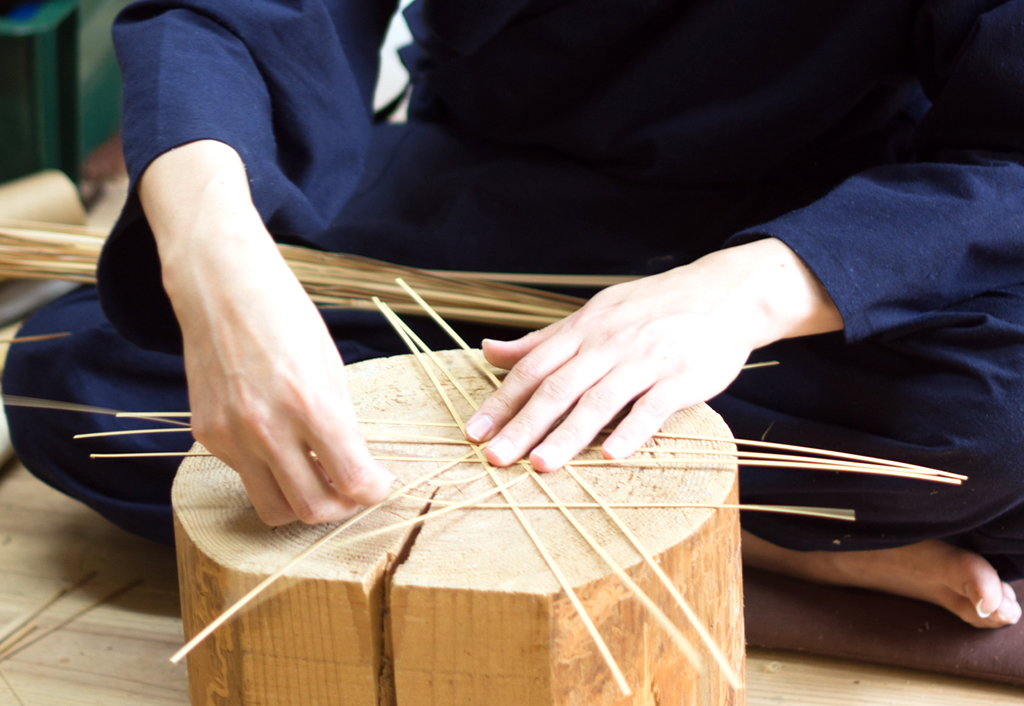
| Holiday | Irregular holidays |
|---|---|
| Business hours | 9:00~17:00 |
| Workshop info | Traditional bamboo craft in modern Japanese lifestyle |
KOHO Nishiki Textile Studio
Atelier visitWorkshopShopping
Show details
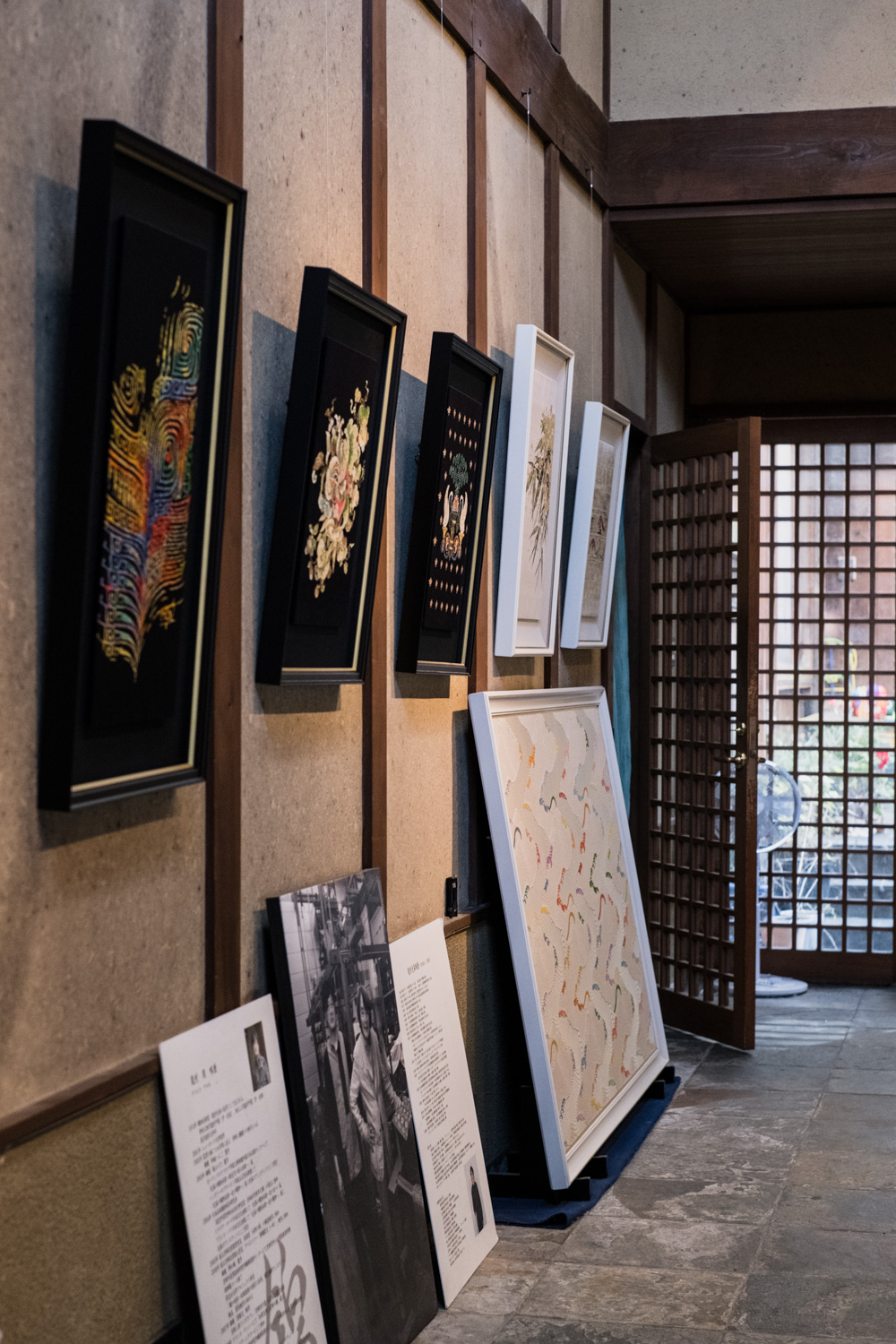
| Holiday | Saturdays, Sundays and public holidays (inquire in advance) |
|---|---|
| Business hours | 9:00~17:00 |
| Workshop info | The beauty of Nishiki created through orchestrated effort of numerous craftsmen |
SOUSHI TSUZURE-EN TEXTILE STUDIO
Atelier visitWorkshopShopping
Show details
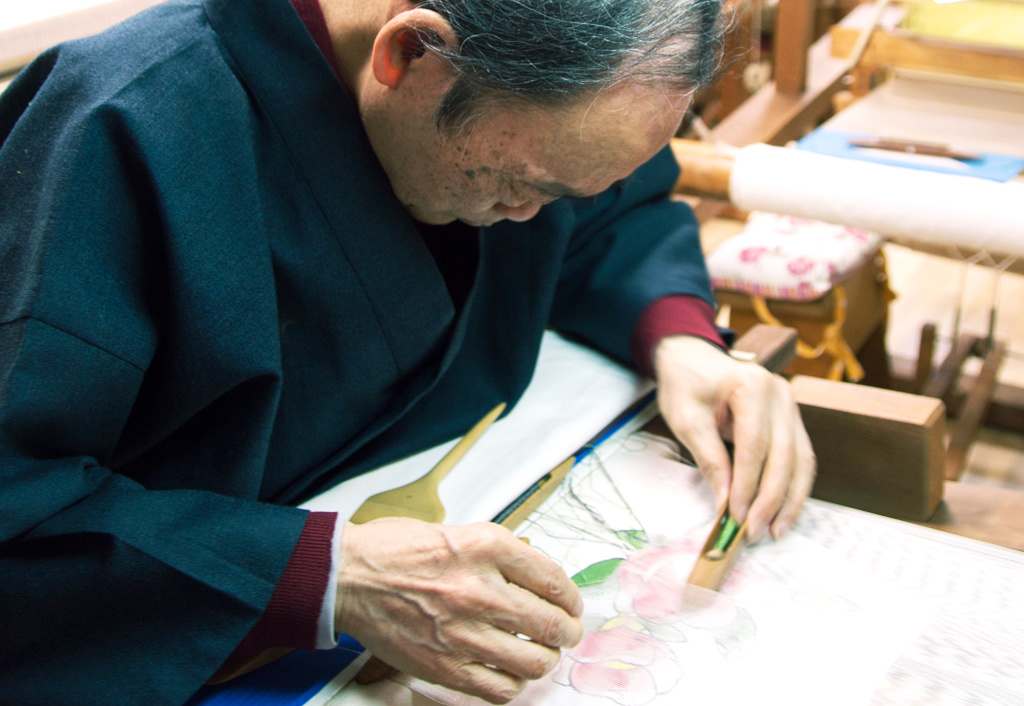
| Holiday | Irregular holidays |
|---|---|
| Business hours | 10:00~17:00 |
| Workshop info | Nishijin Tsuzure-ori: delicate painting-like brocade weaving |
HIYOSHIYA
Atelier visitWorkshopShopping
Show details
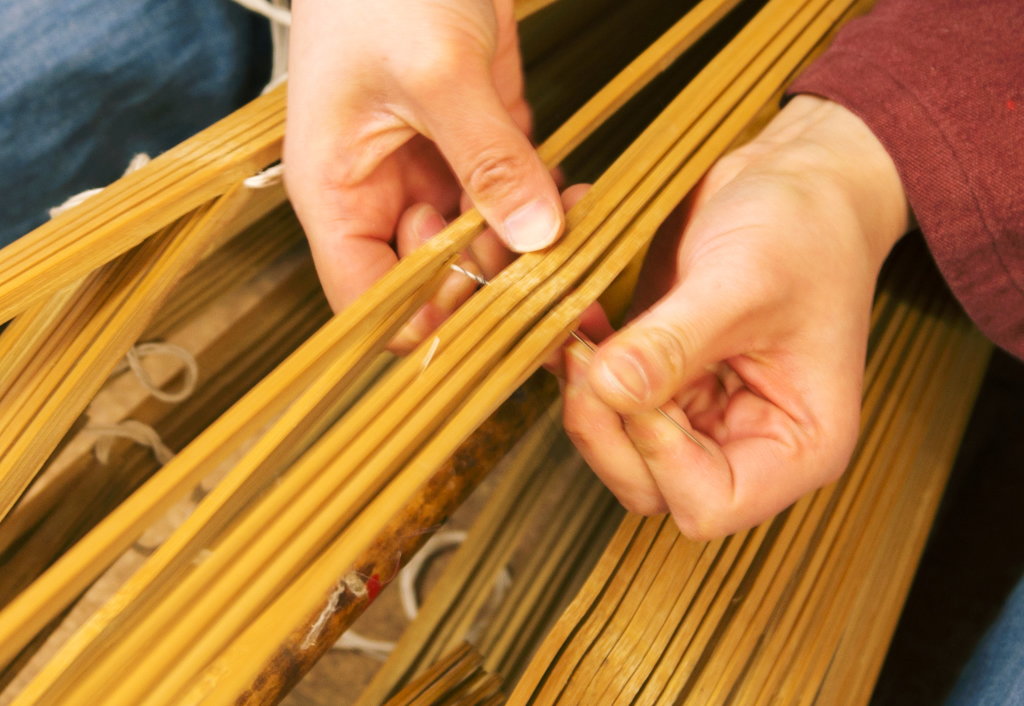
| Holiday | Saturdays, Sundays & New Year's holiday |
|---|---|
| Business hours | 10:00~17:00 |
| Workshop info | The ultimate protector of Kyoto-style umbrella tradition |
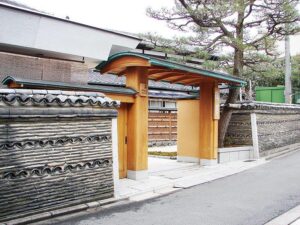
| Business hours | 9:00~17:00 |
|---|---|
| Workshop info | Kyoyaki / Kiyomizuyaki pottery Touan was founded in 1922 at Higashiyama Sennyuji Temple in Kyoto. There are approximately 20 craftsmen working on the molding and painting in the main pottery studio. Touan is characterized by its vivid colors and unparalleled strength. Kiyomizuyaki is known for its “overglaze painting,” but Touan uses “underglaze painting,” The fourth generation of Yoshiaki Dobuchi, now the head of the pottery, developed and established “Hana Kessho-Krystal,” which can be enjoyed in a wide variety of crystal forms. ( Source from the company’s website ) Among the pottery class experiences offered at the Toan , we focuses on programs for beginners. |
ORISHO HIRAI
Atelier visit
Show details
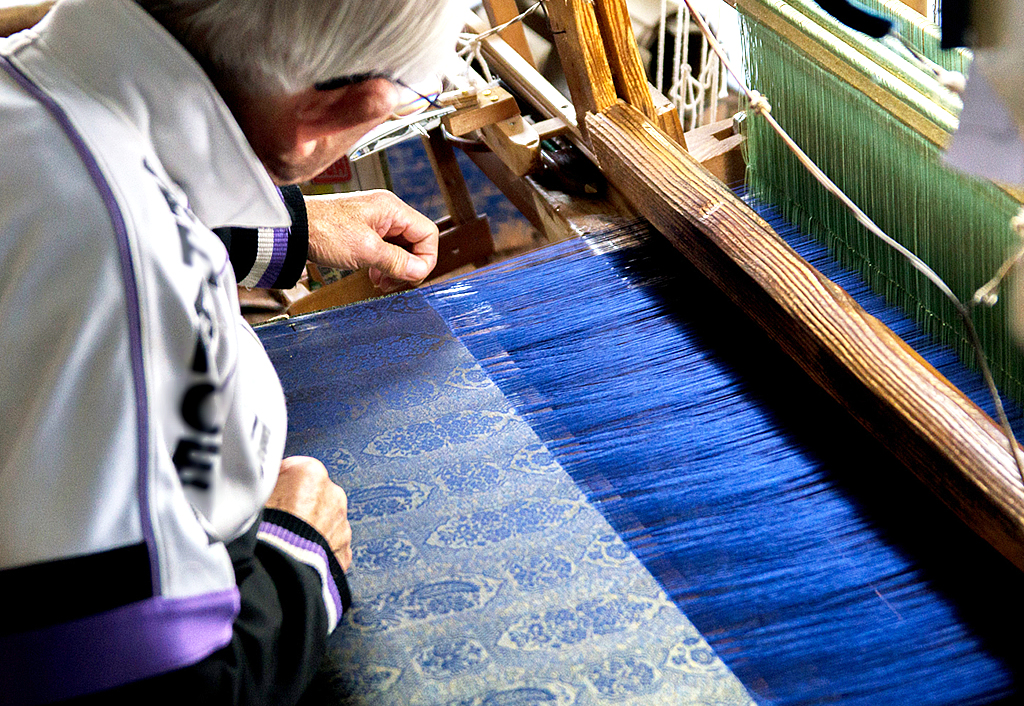
| Holiday | Every 2nd Saturday, Sundays & public holidays |
|---|---|
| Business hours | 9:00~18:00 |
| Workshop info | Rich glow of gold brocade |
Watabun (Orinasu-kan)
Atelier visitWorkshopShopping
Show details
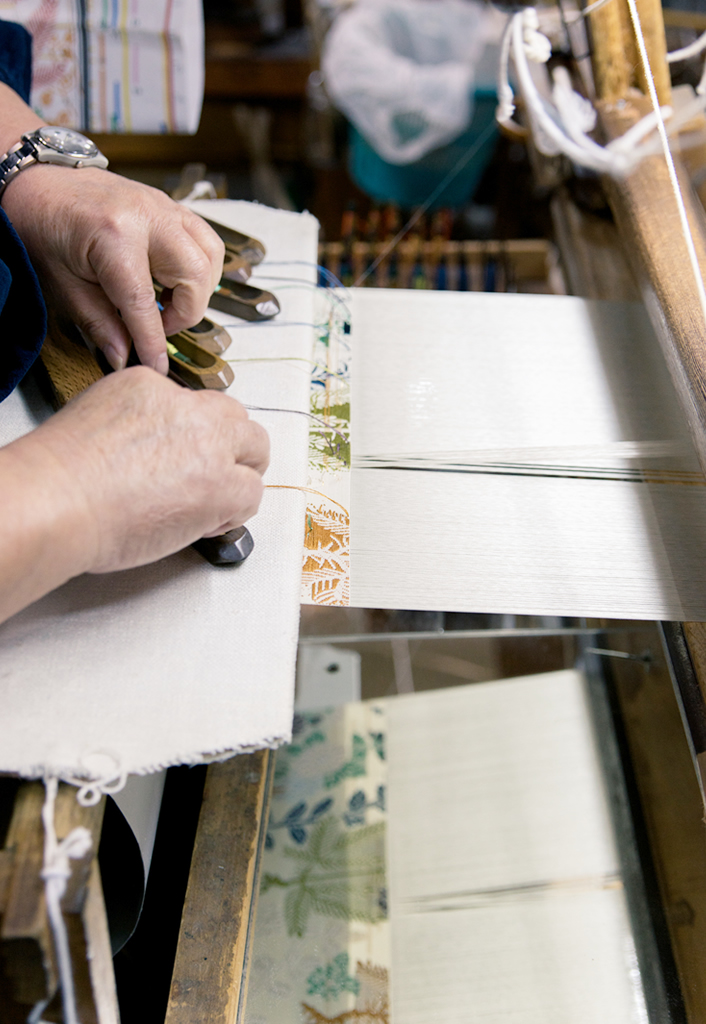
| Holiday | Monday |
|---|---|
| Business hours | 10:00~16:00 |
| Workshop info | Discover the History of Nishijin Textiles in a Kyoto Townhouse. Founded in 1906, Watabun is a long-established company that carries the tradition of “Nishijin brocade” into the present. It is located in the Nishijin textile district, which is supported by labor division of yarn dyeing, warping, and hand weaving. Orinasukan is a “weaver’s house,” an architectural style unique to Nishijin in which the workplace and residence are combined into a single structure. Feel the breath of history of Nishijin, the city of Kyoto, with its traditional Kyoto machiya houses and cobblestone streets.
|




